Paul L Sharp
Deceased
from Old Saybrook, CT
- Also known as:
-
- Paul Sharp
- Paul Sharpe
Paul Sharp Phones & Addresses
- Old Saybrook, CT
- Portland, OR
- North Port, FL
- Clinton, CT
- Ashley, IL
- Northport, FL
- Union, ME
Isbn (Books And Publications)

The Diplomatic Corps as an Institution of International Society
view sourceAuthor
Paul Sharp
ISBN #
0230001653



Thatcher's Diplomacy: The Revival of British Foreign Policy
view sourceAuthor
Paul Sharp
ISBN #
0312164408


Thatcher's Diplomacy: The Revival of British Foreign Policy
view sourceAuthor
Paul Sharp
ISBN #
0333658426


Name / Title
Company / Classification
Phones & Addresses
Principal
Photographers
Photo Portrait Studio · Photographers
Photo Portrait Studio · Photographers
17 SE 3 Ave, Portland, OR 97214
(503)2323082
(503)2323082
Us Patents
-
Method And Apparatus For Randomly Reading Waveform Segments From A Memory
view source -
US Patent:52256197, Jul 6, 1993
-
Filed:Nov 9, 1990
-
Appl. No.:7/611408
-
Inventors:Paul H. Sharp - Aloha OR
-
Assignee:Rodgers Instrument Corporation - Hillsboro OR
-
International Classification:G10H 704
-
US Classification:84604
-
Abstract:An electronic musical instrument has a plurality of oscillators. Each oscillator reads out segments of a waveform stored in memory using a random selection method. In one method the loop or start address is selected at random and the selection of a new address may be one cycle from the loop address or may be a repeat of the prior end address. In another method, both the loop and end addresses are randomly selected. Further, the end address is repeated a number of times determined randomly within a defined range of numbers.
-
Mathematical Function-Generating Device For Electronic Musical Instruments
view source -
US Patent:50601792, Oct 22, 1991
-
Filed:Nov 14, 1989
-
Appl. No.:7/436540
-
Inventors:Paul H. Sharp - Aloha OR
-
Assignee:Roland Corporation - Osaka
-
International Classification:G06F 102
-
US Classification:364718
-
Abstract:A mathematical function-generating device for producing, in an electronic musical instrument, functional values from an accumulation of first digital data. A digital data-generating circuit generates first digital data. A digital value string-generating circuit generates a bit-reversed digital value which increments a predetermined amount each time a first digital data unit is generated and which corresponds to a predetermined number of least significant bits in said first digital data unit. An adder is provided for adding the first digital data to a digital value comprising an accumulated value truncated to a predetermined number of least significant bits and having the bit reversed digital data concatenated thereto, thereby producing a new accumulated value. A memory is provided for storing and truncating each new accumulated value. The memory also supplies the adder with the new accumulated value.
-
Method And Apparatus For Reading Selected Waveform Segments From Memory
view source -
US Patent:52625818, Nov 16, 1993
-
Filed:Nov 9, 1990
-
Appl. No.:7/611407
-
Inventors:Paul H. Sharp - Aloha OR
-
Assignee:Rodgers Instrument Corporation - Hillsboro OR
-
International Classification:G10H 704
-
US Classification:84603
-
Abstract:An electronic musical instrument having fewer note generators than notes stores in a sequentially addressable memory different waveform segments corresponding to different sounds. The note generators are time multiplexed by a processor, and use end addresses of current waveform segments to determine whether each current sample to be read is within the desired waveform segment. This limits the ability to noiselessly and rapidly move between segments. It is accommodated by storing a copy of the waveform segments in a readily shifted direction for immediate playout and subsequent shift to the destination waveform segment while reading the copy. This allows for cluster switching and scanning of waveform cycles to control a modulation of the base note, such as attack or tremulant, independently of the base note pitch.
Myspace
Flickr

Paul Simon Sharp
view source
Paul Sharp
view source
Paul T Sharp
view source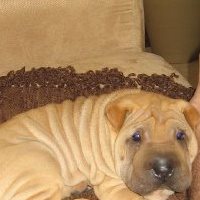
Paul Christopher Sharp
view source
Paul Micheal Sharp
view source
Paul David Sharp
view source
Paul David Sharp
view source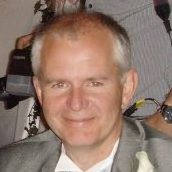
Paul Sharp
view sourcePlaxo

Paul Sharp
view sourceBusiness Manager at Univar
Commercial Manager South West Europe at Celanese Emulsions GmbH
Key Account Manager at DOW Chemical

Paul Sharp
view sourcePittsburgh, PADirector, Industry Solutions/International at Savi...

Paul Sharp
view sourceReadingHSBC
Classmates

Paul Sharp
view sourceSchools:
River North Academy Macon GA 1976-1980
Community:
Dawn Orr, Thom Pinkston, Melissa Tolbert, Donny Cameron

Paul Sharp
view sourceSchools:
Caledonia Senior Secondary School Terrace Saudi Arabia 1991-1995
Community:
Jim Gould, Heather Doell, Charlotte Enlow

Paul Sharp
view sourceSchools:
Robert E. Lee Freshman High School Midland TX 1959-1963
Community:
Cathy Counts, Mario Olgin, Kara Thomas

Paul Sharp
view sourceSchools:
Williston High School Williston FL 1975-1979
Community:
Bob Barker, Rod Buhagiar, Carolyn Teijeiro

Paul Sharp
view sourceSchools:
Twila Reed Elementary School Anaheim CA 1974-1978
Community:
Michael Foster

Paul Sharp
view sourceSchools:
Oil City High School Oil City PA 1977-1981
Community:
Anthony Lange, James Nichols, Benny Esparza, William Fillgrove

Paul Sharp
view sourceSchools:
Meigs High School Pomeroy OH 1988-1992
Community:
Kelly Chapman, Melinda Barnett

Paul Sharp
view sourceSchools:
White Oaks High School Oakville Morocco 1980-1984
Community:
Michael Labencki, Richard Cooney, Joel Mcewan
Googleplus
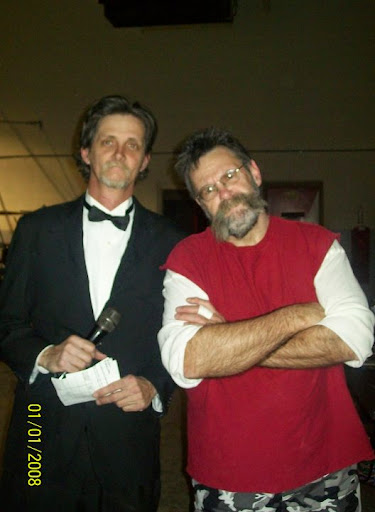
Paul Sharp
Work:
DragonMaster Inc - Owner
Education:
Colonial High School
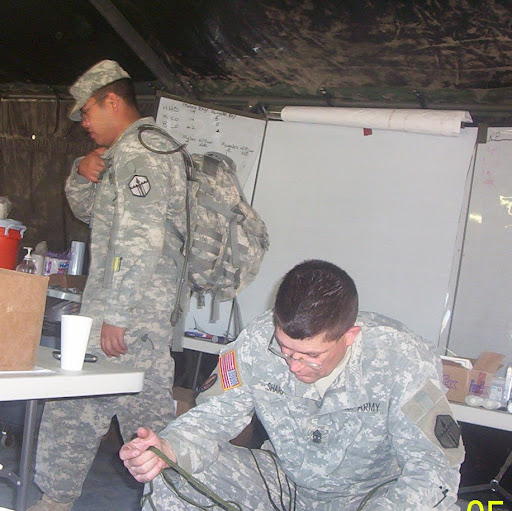
Paul Sharp
Work:
US ARMY - SGM

Paul Sharp

Paul Sharp

Paul Sharp
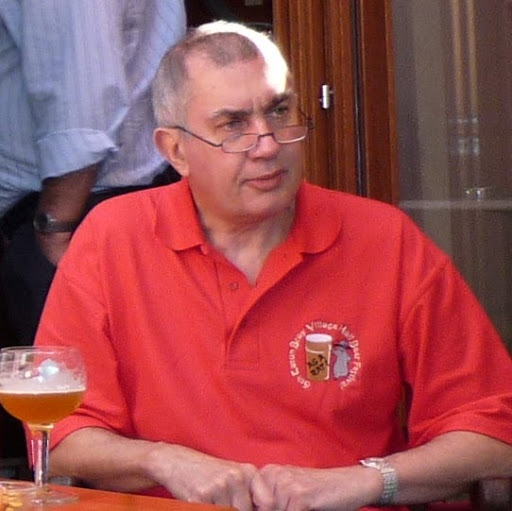
Paul Sharp

Paul Sharp

Paul Sharp
About:
Hi, I'm Sharpy. My posts should let you know what's happening here and any other cool features.
Youtube
Get Report for Paul L Sharp from Old Saybrook, CTDeceased

















